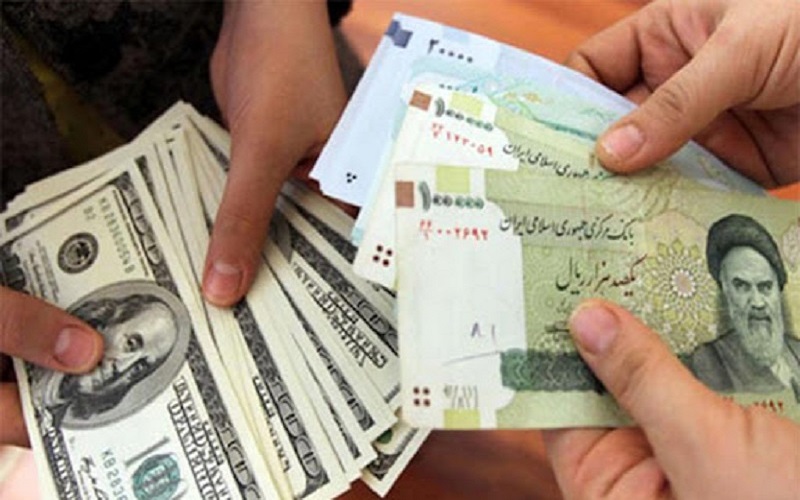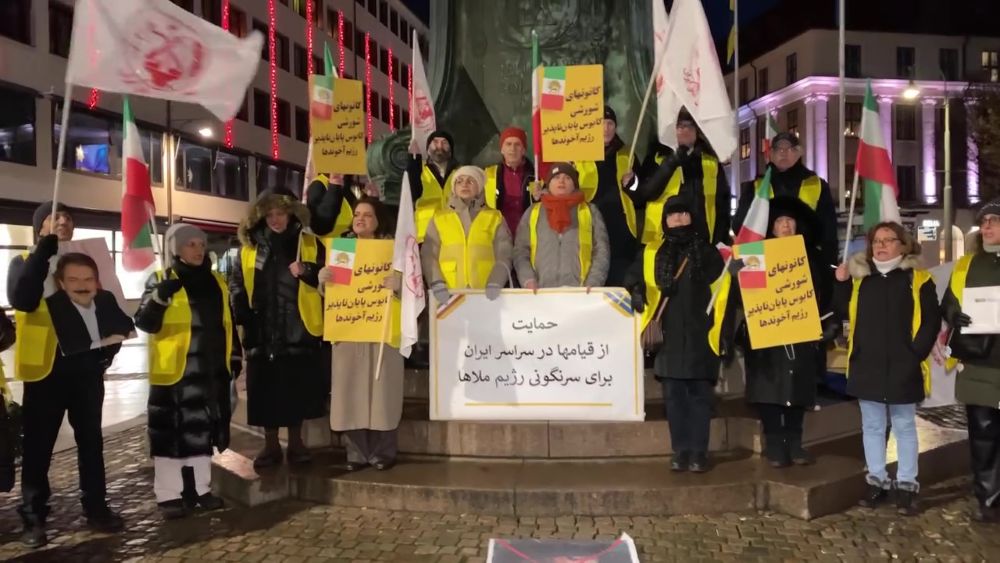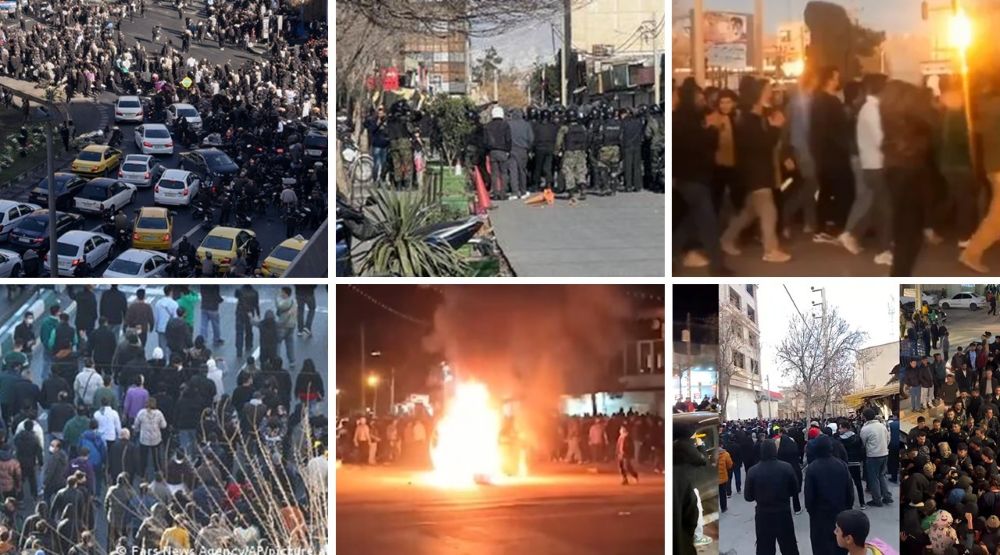
A plan has been introduced to the Iranian parliament, by the Iranian regime’s president Ebrahim Raisi, to remove the official dollar exchange rate of 42,000 rials. Many of the regime’s economic experts have warned that this dangerous decision will only increase inflation and the price of consumer goods in an already dying economy.
The National Council of Resistance of Iran (NCRI) said, “Iranians suffer from increasing inflation rates and skyrocketing prices. While there are several speculations about the origins of Iran’s economic crises, all clues hint at the regime’s plundering, corruption, and poor economic policies.”
The government of former president Hassan Rouhani made the decision to ‘unify’ the free market with the official exchange rate, which currently sits at 42,000 rials to $1. Rouhani’s decision originally only affected the import of essential goods, but once the regime recognizes other foreign exchange rates, the official rate soon became inefficient.
Prices began to skyrocket in Iran in January 2018, sparking major protests across the country. Once the United States pulled out of the nuclear deal later that year, and reimposed sanctions on the regime, the dollar exchange rate rose rapidly.
The NCRI said, “This official rate was supposed to be used to import the country’s essential materials, most notably food items. Many economic experts recognized this as unofficial subsidies intended to control the prices of essential goods. Yet, the official rate was used by the regime’s insiders to import luxury goods that ordinary Iranians could not afford.”
The Fars News Agency wrote last week that just in 2019, the regime spent around $15 billion on importing various items. This meant that then-president Rouhani ended up increasing the regime’s already high budget deficit, which was compensated by printing banknotes until this day. As a result of the increased liquidity, inflation and goods prices continue to skyrocket.
Rouhani’s administration ended up the NIMA rate, a Persian acronym for an online currency system launched by the regime’s Central Bank. This rate, which sat around 170,000 rials, allowed the Central Bank to pay for imports of essential goods, including food and medicine, despite the devaluation of the Iranian rial.
The NCRI said, “Fixing the dollar exchange rate and having various exchange rates led to corruption in the entire economic cycle, from import to distribution and sales.”
Iran’s ‘private sector’, which consists of front companies of the Revolutionary Guards (IRGC), were the businesses tasked with importing essential goods. They used the official exchange rate to create more profit for themselves, either by imported unnecessary luxury items or by later increasing the prices of goods when they went to market.
The regime initially planned to remove the official exchange rate during the last year of Rouhani’s administration, a decision which it was estimated that they could earn at least 600 trillion rials from, but ultimately that plan didn’t come into fruition. If Raisi’s current plan is followed through, his administration would earn around $2 billion.
Due to the rising devaluation of Iran’s currency, and the regime’s list of financing projects, the regime will not achieve much from removing the official exchange rate. However, the action would have a detrimental effect on Iran’s already declining economy and would further add to the restiveness of the Iranian people. The NCRI said, “Soon, people who have nothing to lose would come on the streets, and the regime knows this would end its 40 years of corruption and oppression. Therefore, the regime is shooting itself in the leg.”



